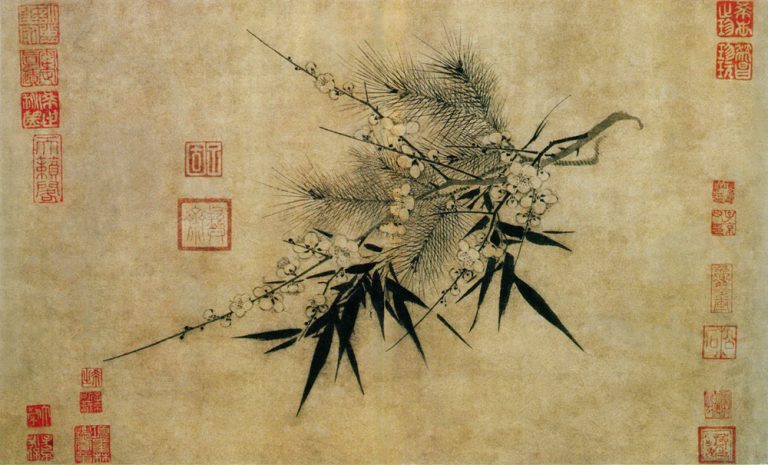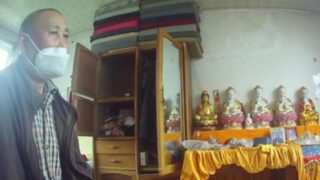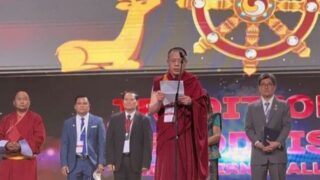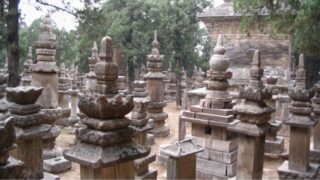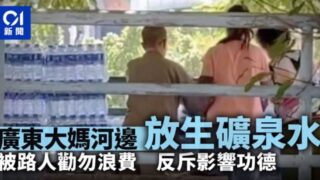Since the rise of Xi Jinping, the Chinese government longs to return to the past of the Cultural Revolution, replacing religion with personality politics.


In less than a month, Baizi town, located in Tongnan district of Chongqing Municipality* in southwest China, had seven Chinese Buddhist temples closed down or completely destroyed, all as part of the Communist Party’s plan to return to the days of yore, making Xi Jinping’s China once again a place that praises despots over God.
Baizi is one of the oldest towns in the world, built during the years of the early Song dynasty (960-1279). According to an abbot from one of the temples in Baizi, local authorities had issued countless threats to him, saying that the destruction of the temples and the cessation of worship were direct orders from Xi Jinping and that anyone who was found resisting would be arrested and detained.
At 10 a.m. on October 10, in Baizi township’s village of Shuangmen, the village head accompanied by officials from the township government went into the Bajiao Temple and destroyed two Buddhist statues by knocking off the statues’ heads.




In the afternoon the same day, some local officials and members of the Justice Department violently destroyed a number of Buddhist statues in Donglin village’s ancient Buddhist temple.




On that same afternoon, Baizi’s Ma’ansan Temple was razed to the ground. The Chinese Communist Party (CCP) officials didn’t even notify the abbot of their plan to destroy the temple.


Three more temples were demolished in the same township. On September 26, the Sui’an Temple was destroyed by the local officials, followed by temples of Longwang and Baique the next day. The latter was demolished in less than half an hour.




As one follower said: “Seeing the statues broken into pieces and the temples desecrated fills my heart with a deep hatred for the Communist Party. But this I dare not say out loud.”
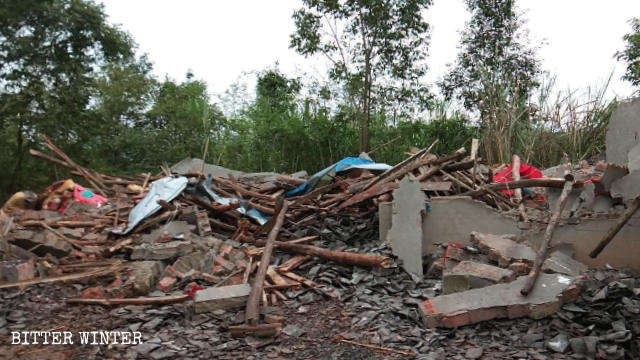

Reported by Yao Zhangjin
* Chongqing is the largest of the four municipalities that are directly controlled by the central government of China. It is simultaneously a city and a province. The Chongqing Municipality is divided into 25 districts, nine counties, and four autonomous counties.
